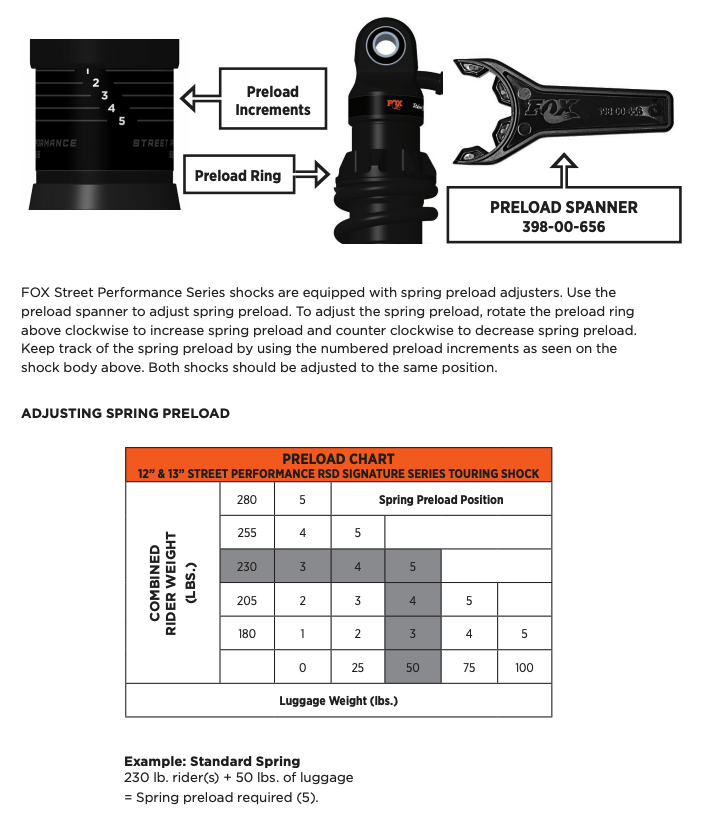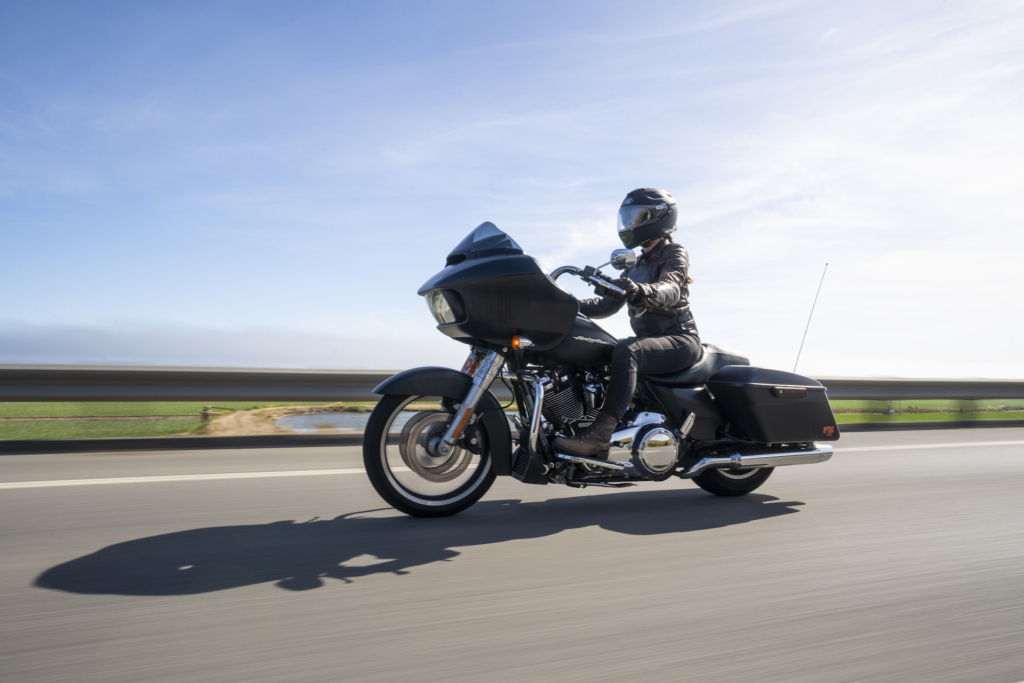One of the easiest ways to improve handling and control of your bagger is to set sag. With a motorcycle suspension heritage dating back to 1974, FOX certainly wrote the book on how a bike should handle.
“Setting sag is done for several reasons,” explained Ian Lebov, FOX’s motorcycle application engineer. “The main reason is to make sure the rider is getting the right amount of travel when the shock compresses and extends. The general rule of thumb is that when the rider is riding on a flat and straight surface, the shock compresses one-third of the way through its total travel. That way, when the rider hits a bump, the shock can compress two-thirds of its travel; if the rider goes over a rise in the road, the shock can extend one-third of its travel and the wheel can stay in contact with the road.”
According to Lebov, the one-third rule is not set in stone though, and can be adjusted to the rider’s personal preference.
Revzilla’s Lemmy shares a similar belief.
“Sag is a quantified measurement of the compression of a motorcycle’s suspension when it is loaded,” he wrote in his ‘Suspension 101: Vocabulary Lesson’ post (Common Thread, May 13, 2019). “It’s arguably the most important suspension adjustment one can make. Sag can be adjusted by adding or removing preload. The amount of sag can be expressed in either absolute units, like inches or millimeters, or as a percentage of total available suspension travel. My general rule of thumb for a motorcycle that will be ridden aggressively on the street is that, when loaded, the suspension should use about one third of the total available travel.”

To set the ride height, the rider (passenger and luggage) should be seated on the bike in riding position, while an assistant or wheel chock holds the front end upright. With the rider (passenger and luggage) seated, have an assistant measure the eye to eye length of the shock and adjust the spring preload to obtain the target shock lengths listed below.
TOURING
• 12-inch shocks should measure from 11-3/4 to 11-7/8 inches between eyelets with rider and passenger on bike;
• 13-inch shocks should measure from 11-7/8 to 12-1/8 inches between eyelets with rider and passenger on bike.
Here’s what the motorcycle media think of FOX’s Full Bike Solution.
“The sag also determines the chassis angle, or attitude of the bike,” Lebov added. “With less shock sag, the rear of the bike will ride higher causing a quicker steering response. The more shock sag, the rear of the bike will ride lower and improve high speed stability.”

Read our interview with Roland Sands.
Click here for the latest corporate news.





